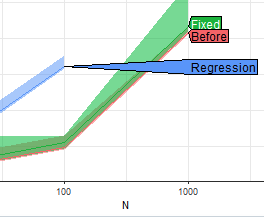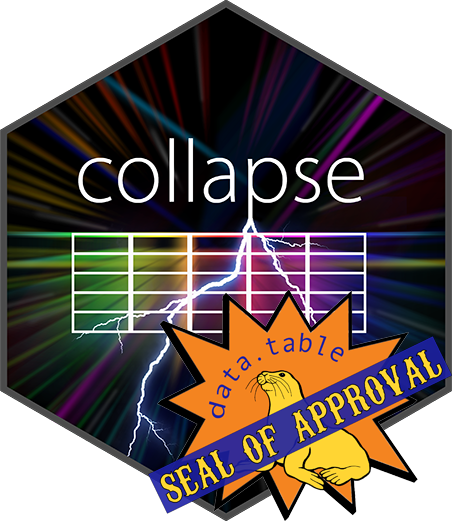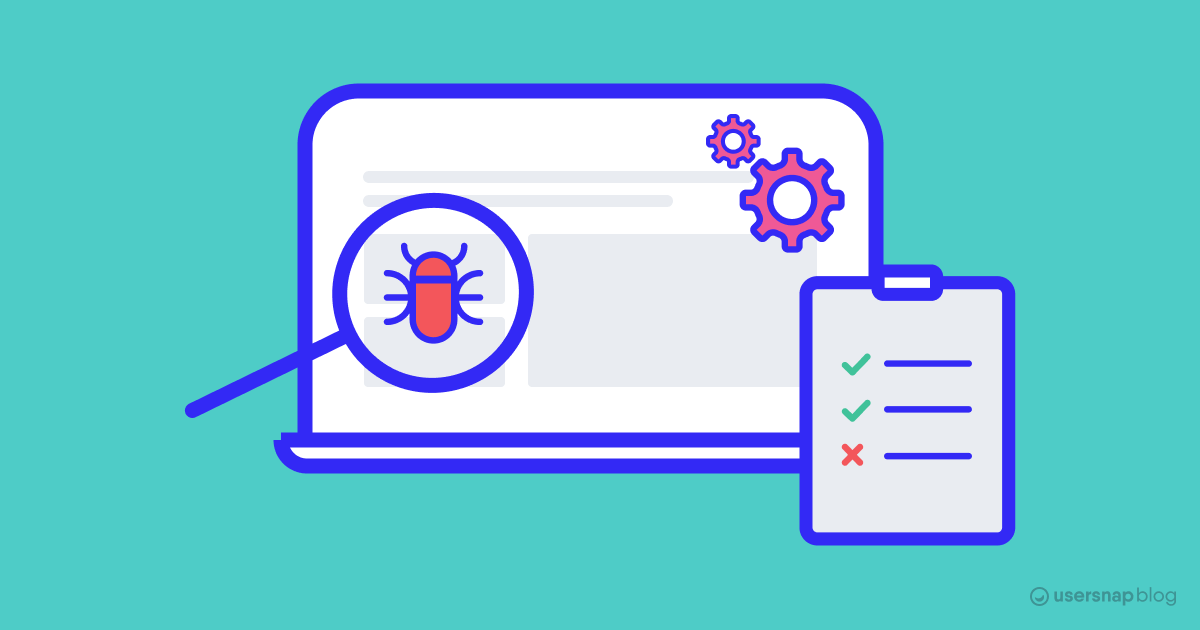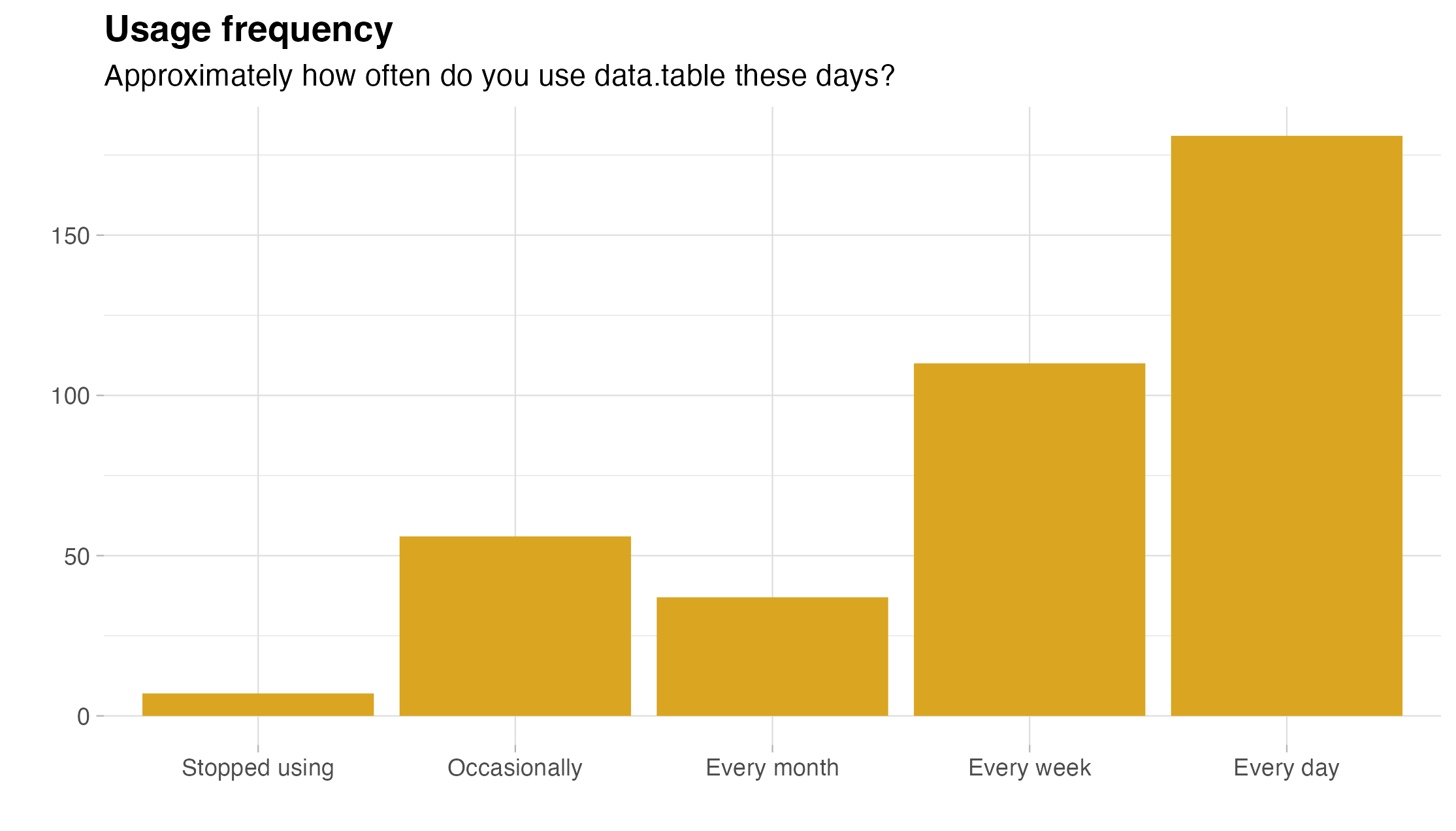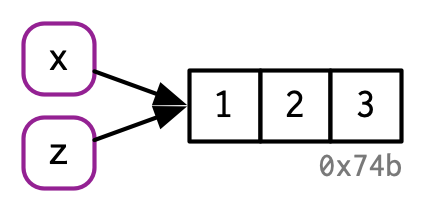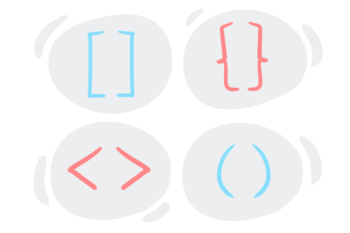Seal of Approval: mlr3
Want to share your content on R-bloggers? click here if you have a blog, or here if you don't.
mlr3
Author(s): Michel Lang, Bernd Bischl, Jakob Richter, Patrick Schratz, Martin Binder, Florian Pfisterer, Raphael Sonabend, Marc Becker, Sebastian Fischer
Maintainer: Marc Becker ([email protected])

A modern object-oriented machine learning framework. Successor of mlr.
Relationship with data.table
mlr3 was designed to integrate closely with data.table for efficient data handling in machine learning workflows. There are two main ways mlr3 is related to data.table:
- Data Backend:
mlr3usesdata.tableas the core data backend for allTaskobjects. This means that when you work with tasks inmlr3, the underlying data is stored and managed usingdata.table. Moreover, users can leveragedata.tablesyntax directly withinmlr3workflows. Accessing task data viatask$data()returns adata.table, enabling you to applydata.tableoperations for data preprocessing, feature engineering, and subsetting without any additional conversion or overhead. - Result Storage:
mlr3stores various results such as predictions, resampling outcomes, and benchmarking results asdata.tableobjects.
Overview
Excerpted from the mlr3 book
The mlr3 universe includes a wide range of tools taking you from basic ML to complex experiments. To get started, here is an example of the simplest functionality – training a model and making predictions.
library(mlr3)
task = tsk("penguins")
split = partition(task)
learner = lrn("classif.rpart")
learner$train(task, row_ids = split$train)
learner$model
n= 230
node), split, n, loss, yval, (yprob)
* denotes terminal node
1) root 230 124 Adelie (0.460869565 0.191304348 0.347826087)
2) flipper_length< 207 148 44 Adelie (0.702702703 0.290540541 0.006756757)
4) bill_length< 43.35 105 4 Adelie (0.961904762 0.038095238 0.000000000) *
5) bill_length>=43.35 43 4 Chinstrap (0.069767442 0.906976744 0.023255814) *
3) flipper_length>=207 82 3 Gentoo (0.024390244 0.012195122 0.963414634) *
prediction = learner$predict(task, row_ids = split$test) prediction
<PredictionClassif> for 114 observations:
row_ids truth response
4 Adelie Adelie
5 Adelie Adelie
10 Adelie Adelie
---
340 Chinstrap Gentoo
343 Chinstrap Gentoo
344 Chinstrap Chinstrap
prediction$score(msr("classif.acc"))
classif.acc 0.9473684
In this example, we trained a decision tree on a subset of the penguins dataset, made predictions on the rest of the data and then evaluated these with the accuracy measure.
The mlr3 interface also lets you run more complicated experiments in just a few lines of code:
library(mlr3verse)
tasks = tsks(c("german_credit", "sonar"))
glrn_rf_tuned = as_learner(ppl("robustify") %>>% auto_tuner(
tnr("grid_search", resolution = 5),
lrn("classif.ranger", num.trees = to_tune(200, 500)),
rsmp("holdout")
))
glrn_rf_tuned$id = "RF"
glrn_stack = as_learner(ppl("robustify") %>>% ppl("stacking",
lrns(c("classif.rpart", "classif.kknn")),
lrn("classif.log_reg")
))
glrn_stack$id = "Stack"
learners = c(glrn_rf_tuned, glrn_stack)
bmr = benchmark(benchmark_grid(tasks, learners, rsmp("cv", folds = 3)))
bmr$aggregate(msr("classif.acc"))
nr task_id learner_id resampling_id iters classif.acc <int> <char> <char> <char> <int> <num> 1: 1 german_credit RF cv 3 0.7749966 2: 2 german_credit Stack cv 3 0.7450175 3: 3 sonar RF cv 3 0.8077295 4: 4 sonar Stack cv 3 0.7121463 Hidden columns: resample_result
In this more complex example, we selected two tasks and two learners, used automated tuning to optimize the number of trees in the random forest learner, and employed a machine learning pipeline that imputes missing data, consolidates factor levels, and stacks models. We also showed basic features like loading learners and choosing resampling strategies for benchmarking. Finally, we compared the performance of the models using the mean accuracy with three-fold cross-validation.
R-bloggers.com offers daily e-mail updates about R news and tutorials about learning R and many other topics. Click here if you're looking to post or find an R/data-science job.
Want to share your content on R-bloggers? click here if you have a blog, or here if you don't.


